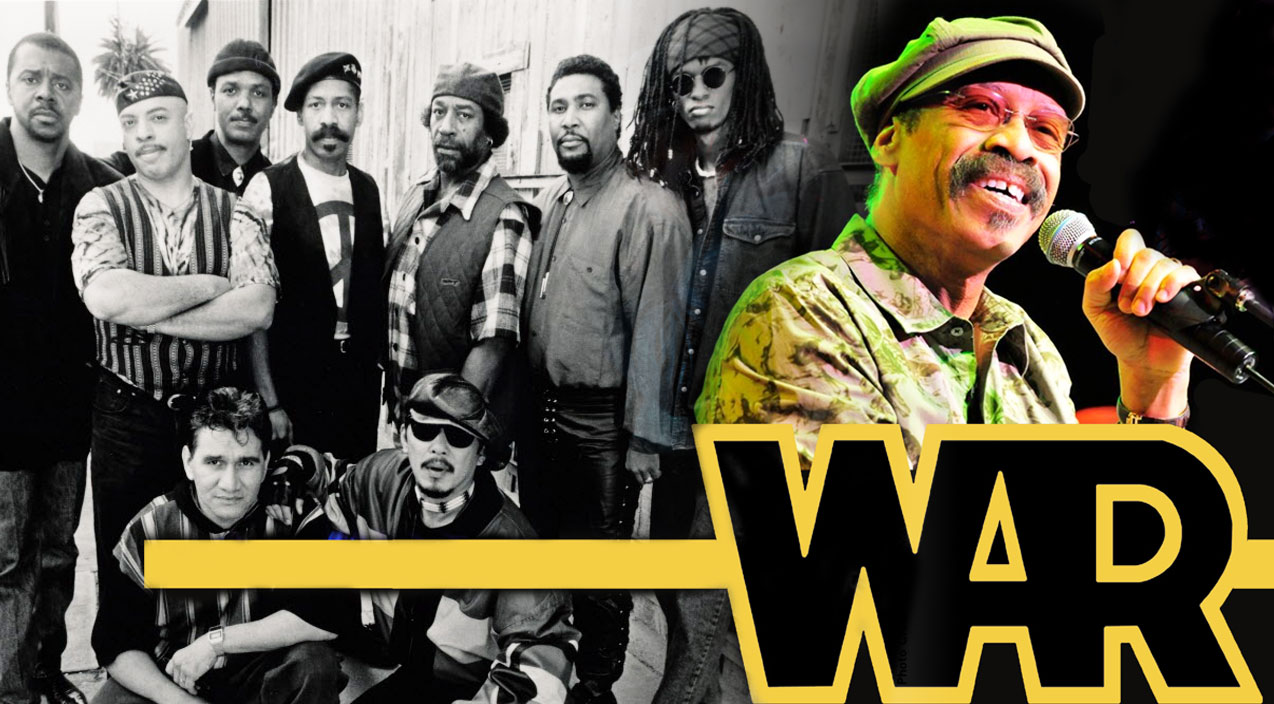
And the emphasis on knowledge is probably the most key. And those five elements comprise of hip-hop culture. And then the last one, of course, KRS-One would kill me if I didn’t say this: is knowledge. Locking is b-boying, MC’ing, DJ’ing, Graffiti. TYREE BOYD-PATES: So there’s five points of hip-hop. And our conversation took place before an audience at the Crawford, LAist’s live event venue in Pasadena.Īnd I began by asking Tyree Boyd-Pates to define the most important aspects of hip-hop culture. We partnered with LAist, public radio for Southern California. She helped popularize locking, one of hip-hop’s signature dance styles. Tyree Boyd-Pates is an historian of Black culture, and associate curator at the Autry Museum of the American West.ĭamita Jo Freeman is a groundbreaking dancer, who began her career in 1973 on the legendary television show, Soul Train. So today, on hip-hop’s 50th anniversary, we’re going to bring you a special conversation focusing on the influence of West Coast hip-hop. And now, hip-hop culture is so dominant in American culture, it’s hard to remember a time before the beat was king. Rapping, dancing and DJ’ing gave voice to a new generation of political consciousness in the Black community. He spun top hits from Aretha Franklin and James Brown, but he moved between records in a way that mixed one percussive break into another, removing the lyrics and chorus. Herc stood behind a pair of turn tables and a mixer.

They set up in the rec room of a Bronx apartment block.ġ8-year-old Clive was better known as DJ Kool Herc. She asked her older brother, Clive, to provide the music. MEGHNA CHAKRABARTI: On August 11, 1973, Cindy Campbell threw a back-to-school party. Her new memoir is titled, “ Are You that Girl from Soul Train?” Associate curator at the Autry Museum of the American West.ĭamita Jo Freeman, original Soul Train dancer and hip-hop pioneer.

Tyree Boyd-Pates, historian of Black culture.


 0 kommentar(er)
0 kommentar(er)
